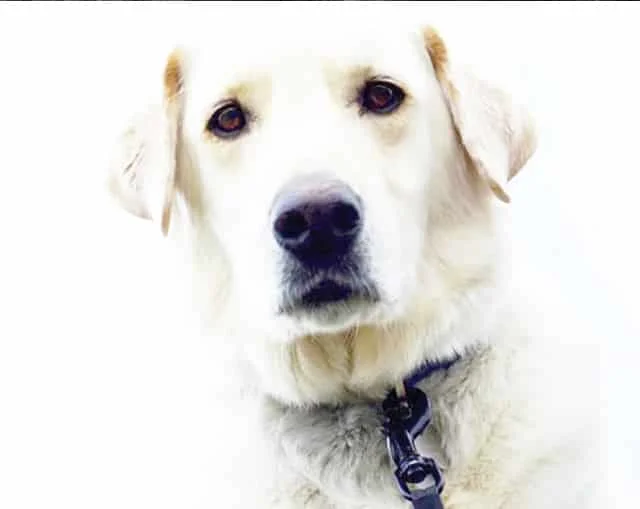
Hi friends. It’s me. Stan. I’m not gonna lie. I was kind of like, “What the fluff” when I started to realize my humans were home all the time. I mean, don’t get me wrong. I liked the extra attention and walks, but sometimes a dog just needs his routine. Am I right? I’m no rocket scientist (but I am a Labrador retriever, which, not to brag, is one of the more intelligent breeds, and don’t just take my mom’s word for it), but mid-stretch one morning, it hit me. My parents used to work from home every now and then, but then they started to live from work. And that, my friends, was my “what the fluff” moment.
Welp. Days turned into weeks, and weeks blurred into months, and before I knew it, more than a year of togetherness passed. When my mom was on a Zoom call, I learned to hang out (quietly) in the bedroom, and when my dad decided he needed an afternoon snooze, I relocated to any out-of-the-way place and was quiet-ish. Oh sure, it was kind of like musical rooms, but we all made it work, and I did my part, too. Whenever I heard my parents use salty language about technology, that was my clue to make myself available for ear rubs (for me) and destressing (for them). That’s a win/win if you ask me!
Companions in tail wags, it seems things are shifting again, and our humans are going back to work and leaving the house more. I’ll admit I’m torn about this, but I get that it’s time. Change isn’t bad, but some of us have short memories and don’t remember that we actually liked the alone time and our space, and others joined our new families during the pandemic and never had “me” time. No matter where you fall, it’s better for everyone if our humans ease us into our new routine, so let’s look at what they need to know.
Our people are kind of like us, and they have habits of their own. Take my mom, for example; before she leaves the house, she grabs her keys, sunglasses and bag from her desk, then wanders over to what she calls the shoe farm by the front door (you know, that place where everyone dumps their shoes when they come inside). Once she finds the matching pair she’s looking for, she sits on the step to put them on—all while I stand as close to the door as possible, swatting her head with my tail so she doesn’t forget me. I don’t always get to join her, and, frankly, I don’t know why she’d go anyplace without me, but it happens. And, when I see this routine, I know something is up—and I’m sure you all know what I’m talking about. I do know that separation anxiety looks different depending on who you talk to, but some common stress responses include being:
- More alert/on edge
- Panting
- Tense
And then during, we’ve been known to:
- Be quite vocal
- Go to the bathroom in the house
- Not settle
So, what should your humans do to help? The most important thing is to start the transition process as soon as they know they’re going back into the office. Not all of us are fans of surprises! They can:
- Practice giving us alone time for short periods and then build up. I have a suggestion to pass along, too. Your human should begin their usual routine—you know, the one that lets us know they’re going somewhere—but instead of actually leaving, give you a treat and then go sit on the couch. You’ll start to connect departures with something positive and feel safe. Pretty cool, right?
- Pair leaving us with a positive experience and one that distract us—like using high-value treats and licky mats smeared with peanut butter or Kong toys. Delish and fun! There’s not much better than keeping our minds and bodies sharp!
- Don’t make a big to-do about coming and going. We feed off our human’s energy, so maybe they can take it down a notch, and when they come home, sit with us quietly to help us decompress and relax.
- Play with us before work—either by taking a walk or spending a few minutes in the yard. We’ll get tired and love the one-on-one time!
- Leave the TV, radio or fan on for background noise. It may be soothing. And, bonus points if they find something animal-related!
- Contact your veterinarian for suggestions, support and maybe even medication to help you relax.
It takes time to get used to our new normal, even if it was our old normal.
As for our feline friends, they may also experience an adjustment period despite the widely held belief that they are far more independent than dogs. As if! Manager of Animal Experience (Behavior & Transfer) Jess Cytron shared, “Cats are more routine-focused than we realize. They may struggle with boredom and under-stimulation when their people are away and overstimulation when they come home.” So, just like with canines, start the transition early and follow the same general concepts.
No matter what, humans shouldn’t punish us for our behavior. We’re ALL animals after all . . . well, yes and no, but you know what I mean.
Hope these tips help, friends. Until next time.
Sniff you later, Stan.
